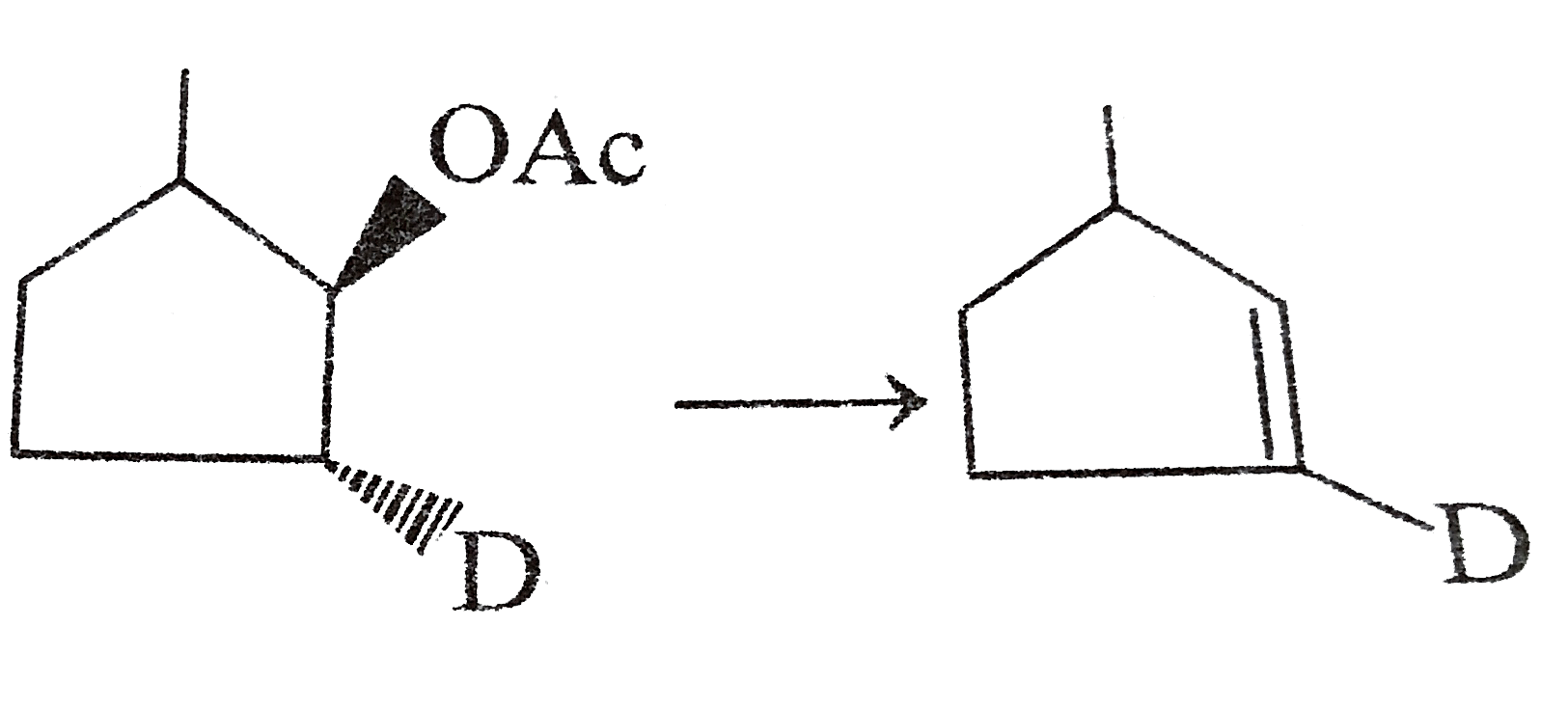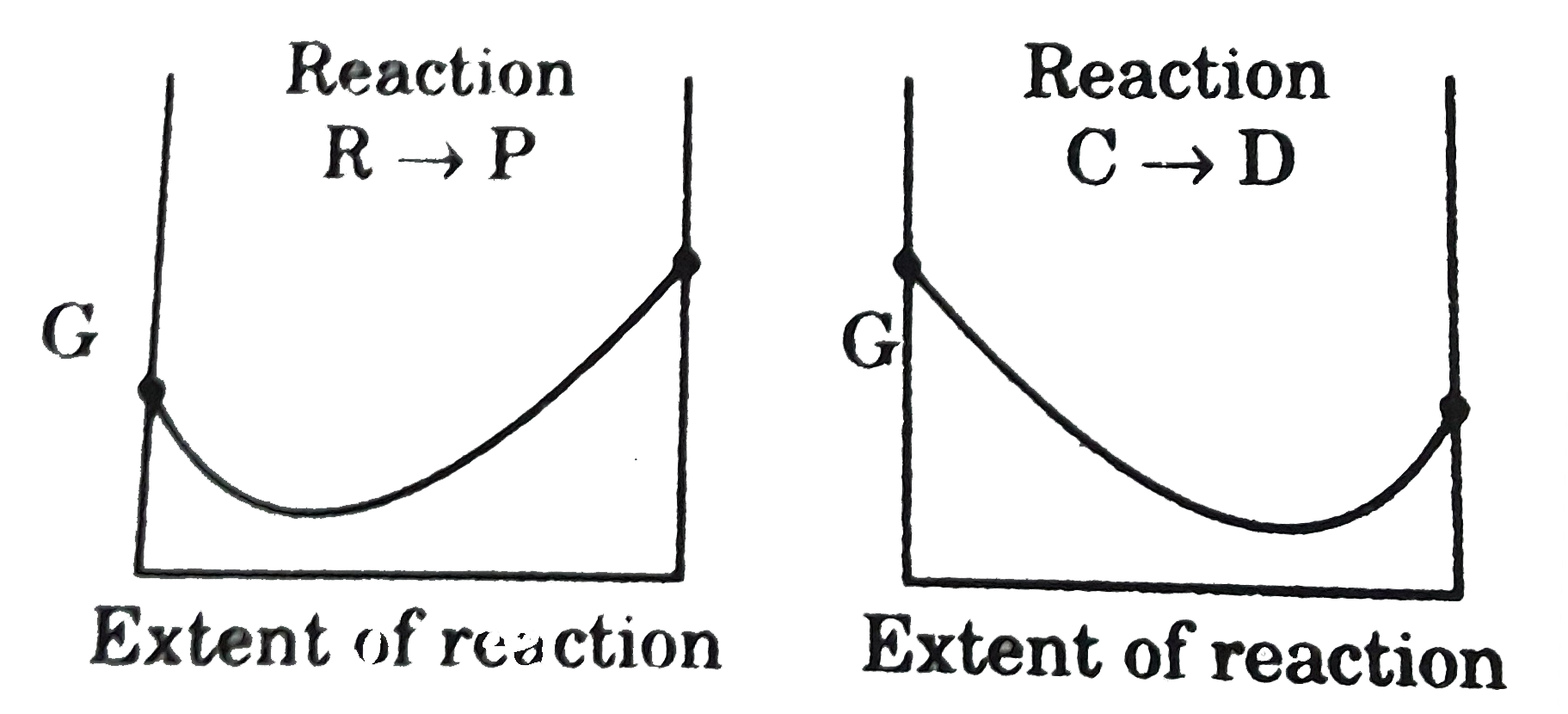
Statement-I: "C" product of above conversion is sodium salt of Pentan-1,5-dioic acid
Statement-II: R.D.S of A→C conversion is attack of enolate ion on halogen molecule.
If both statement-1 & statement-2 are true & the statement-II is a correct explanation of the statement-I
If both statement-I & statement-II are true but statement-II si not a correct explanation of the statement-I
If statement-I is true but the statement-II is false.
If statement-I is false but the statement-II is true.
The correct Answer is:C
Topper's Solved these Questions
- HYDROCARBONSBOOK - BANSALCHAPTER - HYDROCARBONSEXERCISE - Exercise 3
12 Videos
- HYDROCARBONSBOOK - BANSALCHAPTER - HYDROCARBONSEXERCISE - Exercise 1
80 Videos
- GENERAL ORGANIC CHEMISTRYBOOK - BANSALCHAPTER - GENERAL ORGANIC CHEMISTRYEXERCISE - Exercise 3
9 Videos
- HYDROGENBOOK - BANSALCHAPTER - HYDROGENEXERCISE - All Questions
70 Videos
Similar Questions
Statement-1:
 Expected major product from the above reaction
Expected major product from the above reaction 
Statement-2:With increase in electrophilicity on gt C=O group, rate of attack of nuecleophile increases.
View SolutionQ.57 Statement-I: Cost price of a book is Rs. 120. By selling it at Rs. 150 shopkeeper make profitof Rs. 30.Statement-II: Simple Interest on Rs. 1000 for 1 year at 5% rate of interest is Rs. 50.(A) Both Statement-I and Statement-II are correct.(B) Both Statement-I and Statement-II are incorrect.(C) Statement-I is correct and Statement-II is incorrect(D) Statement-l is incorrect and Statement-II is correct.if HCF of a and bis 1
View Solution
Knowledge Check

Statement-I: Product of pyrolysis of
Statement-II: C-H bond is weaker than C-D bond.AIf both statement-1 & statement-2 are true & the statement-II is a correct explanation of the statement-IBIf both statement-I & statement-II are true but statement-II si not a correct explanation of the statement-ICIf statement-I is true but the statement-II is false.DIf statement-I is false but the statement-II is true.[At constant temperature and pressure]

Statement-I : C will partially convert into D.
Statement-II : R will not convert into P.
Statement-III : R will be completely converted into P.
Statement-IV : C will be completely converted in D.
With the help of given curves select the correct order of initials T (true) or F (false) for above statements.ATFTFBTFFFCFFTFDTTTFStatement-1:
 Expected major product from the above reaction
Expected major product from the above reaction 
Statement-2:With increase in electrophilicity on gt C=O group, rate of attack of nuecleophile increases.AStatement-1 is True, Statement-2 is True, Statement-2 is a correct explanation for Statement-1BStatement-1 is True, Statement-2 is True, Statement-2 is NOT a correct explanation for Statement-1CStatement-1 is True, Statement-2 is False.DStatement-1 is False, Statement-2 is True.
Assertion: Minimum number of non-equal Vectors in a plane required to give zero resultant is three.
Reason: If →A+→B+→C=→0, then they must lie in one plane
A. Statement-I is true, Statement-II is true, Statement-II is correct explanation for statement-I
B. Statement-I is true, Statement-II is true, Statement-II is NOT a correct explanation for statement-I
C. Statement-I is true, Statement-II is false.
D. Statement-I is false and Statement-II is true.
View SolutionA.Statement I is True: Statement II is True; Statement II is a correct explanation for statement I B.Statement I is true, Statement II is true; Statement II not a correct explanation for statement I. C.Statement I is true, statement II is false D.Statement I is false, statement II is true Statement I: coses−1(cosec95)=π−95. because Statement II: cosec−1(cosecx)=π−x: ∀x∈[π2,3π2]−{π} a.A b. B c. C d. D
View SolutionStatement I is True: Statement II is True; Statement II is a correct explanation for statement I Statement I is true, Statement II is true; Statement II not a correct explanation for statement I. Statement I is true, statement II is false Statement I is false, statement II is true Statement I: coses−1(cosec95)=π−95. because Statement II: cosec−1(cosecx)=π−x: ∀x∈[π2,3π2]−{π} a.A b. B c. C d. D
View SolutionStatement I is True: Statement II is True; Statement II is a correct explanation for statement I Statement I is true, Statement II is true; Statement II not a correct explanation for statement I. Statement I is true, statement II is false Statement I is false, statement II is true Let f:R→R [0, π/2] defined by f(x)=tan−1(x2+x+a) , then Statement I: The set of values of a for which f(x) is onto is [14,∞) because Statement II: Minimum value of x2+x+a is a−14. a.A b. B c. C d. D
View SolutionStatement I is True: Statement II is True; Statement II is a correct explanation for statement I Statement I is true, Statement II is true; Statement II not a correct explanation for statement I. Statement I is true, statement II is false Statement I is false, statement II is true Statement I: Range of cos(sec−1(1x)+cosec1xtan−1x)is [−1√2,1√2] because Statement II: Range of sin−1x+tan−1x+cos−1x is [π4,3π4] a.A b. B c. C d. D
View Solution
